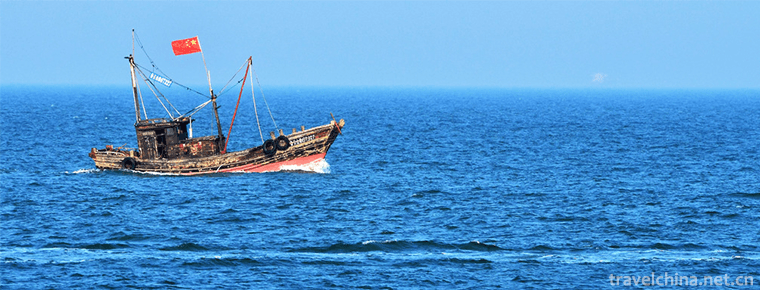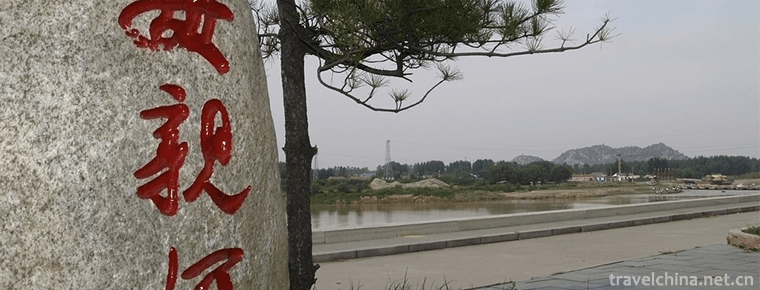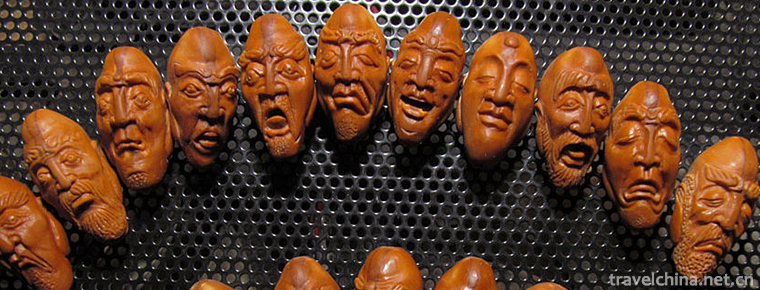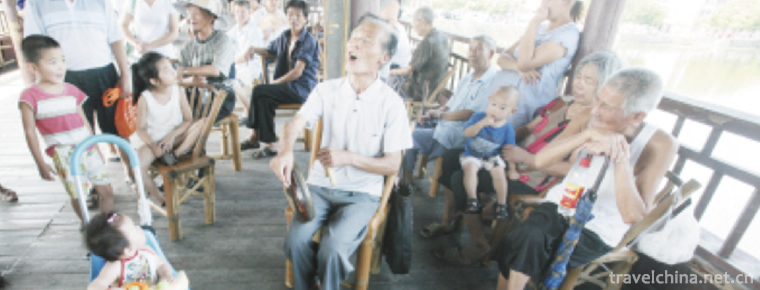Traditional Processing Techniques of Liuweizhai Sauced Meat
Traditional Processing Techniques of Liuweizhai Sauced Meat
Liuweizhai is a well-known Chinese brand which was founded in 1738 in the three years of Qianlong in Qing Dynasty. Its sauced meat, as a traditional food in China and a famous food in the Three Jin Dynasty, was once well-known as a tribute to the imperial palace.
Liuweizhai sauce meat traditional production techniques have been passed down from generation to generation, retaining the characteristics of traditional sauce meat production techniques. It chooses fresh (frozen) pork as raw material, and is processed into blocks by dividing, singing and other processes. After adding a variety of traditional Chinese medicines and condiments, it is made by brine, sauce and brushing. Liuweizhai sauce meat skin is bright, red and purple, fragrance overflowing. Seen from the appearance color as sauce-red or reddish-brown, after cutting with knife, the internal tissue is pink, the taste is rotten and delicious, fat but not greasy, thin but not wood, not only tastes delicious, often eaten, but also has the effect of health preservation, which really achieves the "medical and food homology". In the traditional craft of Liuweizhai, the sauce brush sauce technique is the embodiment of long-standing experience and inheritance characteristics, and it is the unique craft necessary for sauce meat processing. The sauce is made by boiling the filtered residue of the old soup of the marinated sauce meat. Because there are many processes in the process of making sauced meat, the pigskin is soft and tender after brine and sauce, and the appearance is not very good. Brushing juice is to protect pigskin, make the appearance beautiful, and improve the taste. The characteristics of "cooked but not rotten, sweet but not strong, salty but not astringent, bitter but not strong, light but not thin, fragrant but not tired, fat but not greasy, thin but not firewood" of Liuweizhai sauce meat embody the Chinese food culture of "harmony is the beauty".


-
Qiangcheng Tourist Area Beichuan
Mianyang Beichuan Qiang Town Tourist Area is located in Beichuan Qiang Autonomous County, northwest of Sichuan Basin. It consists of Beichuan Earthquake Relics Area, Beichuan New County Town.
Views: 164 Time 2018-12-12 -
Wanpingkou Scenic Area
Wanpingkou scenic spot is located in Rizhao, a beautiful coastal city in Shandong Province. "Tourist sunshine is bound to Wanpingkou" has become the consensus of tourists around the world.
Views: 88 Time 2018-12-17 -
Jinan Baili Yellow River Scenic Area
Jinan Baili Yellow River Scenic Area is adjacent to the northern part of Jinan City. The south gate of the Scenic Area is directly connected to Jinan City's central axis - Jilu Road.
Views: 77 Time 2019-01-20 -
Dagudarengrab
Dagudalenglei Biao is the only Creation Epic discovered, sorted out and published by the De'ang people up to now. It is more than 1200 lines long. The epic is different from.
Views: 392 Time 2019-04-22 -
Ceramic Firing Techniques of Dengfeng Kiln
Dengfeng kiln ceramics firing technology is a National Intangible Cultural Heritage Representative project. Historical records began in the Tang Dynasty and flourished in the Song Dynasty..
Views: 155 Time 2019-04-26 -
Stone carving
Stone carving is a traditional Chinese folk micro-sculpture process. The peach stone, apricot stone, olive stone and walnut are carved into handicraft products, which have been listed in the second ba.
Views: 245 Time 2019-05-03 -
Yongkang Drum Ci
Yongkang Drum Ci is a rap art in Yongkang area of Zhejiang Province. It belongs to the form of singing and talking, which is mainly composed of singing. Because of the use of local dialect performance.
Views: 295 Time 2019-07-14 -
Exhibition hall of taipingdu in Chishui
Gulin Taiping ferry, located in Taiping town at the intersection of the upper reaches of Chishui River and Gulin River, is the most important ferry for the Red Army to cross Chishui on the Long March, with an area of about 1.5 square kilometers. The residential buildings of the Qing Dynasty in the ancient streets of the town are well preserved, one after another.
Views: 207 Time 2020-10-16 -
Yibin white tower
Baita (also known as Dongyan pagoda) is located in Baita Mountain Scenic Area of Yibin Lingang Economic and Technological Development Zone. It was built in 1569, the third year of emperor muzong's reign in the Ming Dynasty..
Views: 110 Time 2020-10-16 -
Western Grand Canyon
Synonyms Western Grand Canyon hot spring generally refers to the Western Grand Canyon.
Views: 83 Time 2020-10-16 -
Donghekou earthquake site park
Donghekou earthquake site park, located in Qingchuan County, Guangyuan City, Sichuan Province, is the first earthquake site protection memorial site of Wenchuan earthquake. On November 12, 2008, the opening ceremony and the launching ceremony of the tourism market after the earthquake were held..
Views: 231 Time 2020-11-08 -
Deyang post and Telecommunications
By the end of 2018, the total telecom business of Deyang City has reached 12.95 billion yuan, with 701000 fixed telephone users and 3.998 million mobile phone users. The total length of optical cable at the end of the year is 138000 skin kilometers..
Views: 309 Time 2020-12-14







